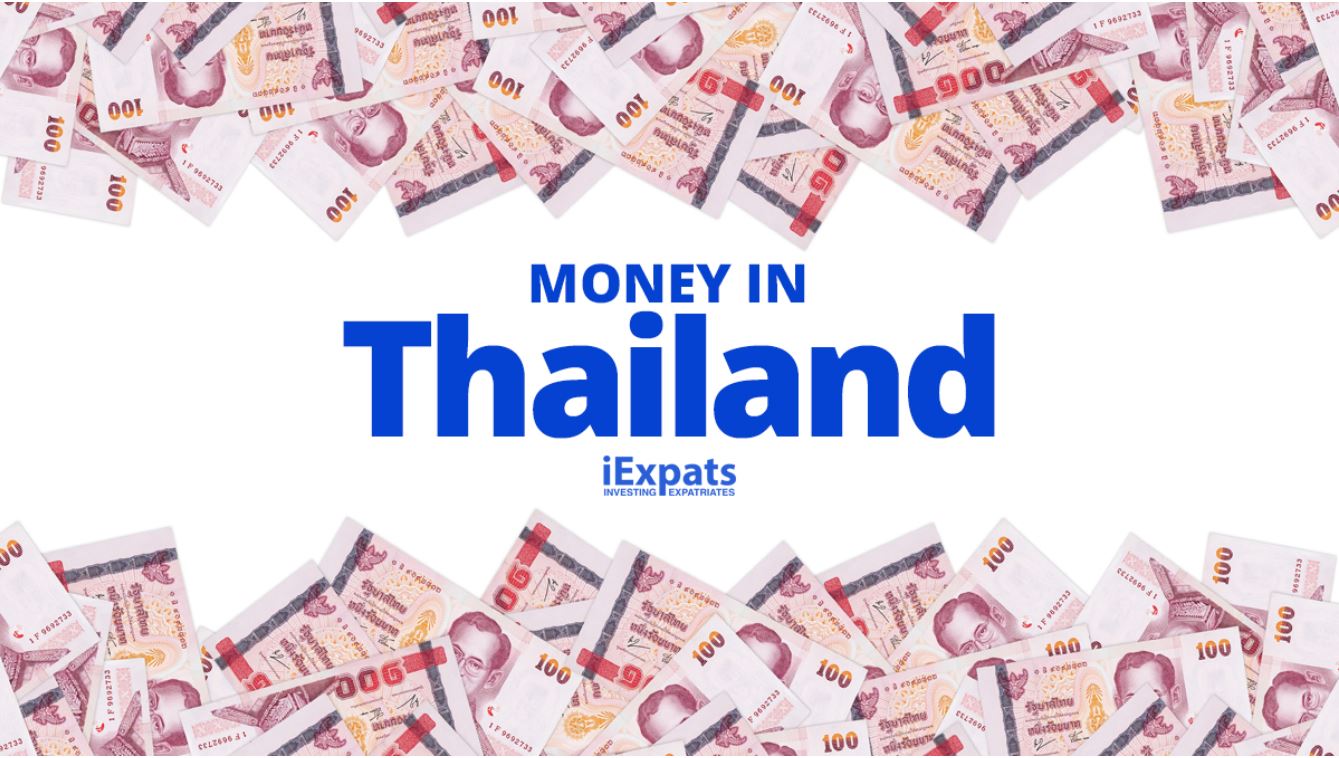Introduction
As you embark on your enchanting journey to the Land of Smiles, Thailand, meticulous planning is paramount to ensure a financially stress-free and memorable experience. The age-old adage “money makes the world go round” holds true in this vibrant country, as it will significantly influence the quality of your travels. Join us on an in-depth exploration into the intricacies of budgeting for a Thai adventure.
:max_bytes(150000):strip_icc()/how-much-money-for-thailand-1458578-FINAL1-5c37cca846e0fb0001c22c11.png)
Image: www.tripsavvy.com
Understanding the Thai Currency
The official currency of Thailand is the Thai Baht (THB), available in denominations of coins and banknotes. Coins range from 1 to 10 baht, while banknotes start from 20 baht and go up to 1,000 baht. It’s important to be aware of the exchange rates and currency conversion fees associated with your home country’s bank.
Determining Your Budget
The amount of money you need to take to Thailand depends on several factors: your preferred travel style, length of stay, and the time of year you visit. While Thailand is generally an affordable destination by Western standards, it’s essential to consider your personal spending habits and preferences.
To provide a baseline, a conservative budget for a three-week trip could range from 2,000 to 3,000 USD, covering accommodation, food, transportation, and basic activities. If you’re planning on splurging on luxury accommodations, dining experiences, and excursions, expect to allocate a higher budget.
Optimizing Your Expenses
To make the most of your budget, consider implementing some frugal travel strategies:
1. Accommodation: Opt for budget-friendly guesthouses or hostels, which offer comfortable and clean options at affordable rates. Alternatively, consider renting an apartment if you’re staying for an extended period.
2. Food: Street food is an excellent way to experience authentic Thai cuisine and save money. Visit local markets and street vendors for delicious and inexpensive meals. At restaurants, choose to dine during lunch hours for discounted specials.
3. Transportation: Utilize public transportation, such as buses or trains, to get around. They are efficient and cost-effective. Tuk-tuks are fun and convenient, but negotiate the fare before getting in.
4. Activities: Plan free activities like visiting temples, walking through charming neighborhoods, and enjoying the natural beauty of Thailand. Take advantage of free cultural events and performances offered by local communities.

Image: stories.cashchanger.co
Expert Insights
Financial planning expert Kate Share provides valuable tips for budgeting in Thailand:
- “Set a realistic budget based on your travel goals and stick to it. Track your expenses daily to stay on track.”
- “Take advantage of free activities and negotiate with vendors to save money without compromising on experiences.”
- “Consider using a travel credit card that offers rewards and discounts on travel-related expenses.”
Time of Year Considerations
Thailand has three main seasons: hot season (March-May), rainy season (June-October), and cool season (November-February). The cost of your trip may vary depending on the time of year you visit:
- High season (November-February): Expect higher prices for accommodation, transportation, and activities due to increased tourism.
- Shoulder season (March-May, September-October): Offers a balance of decent weather and affordability.
- Low season (June-August): Can be the most economical time to travel, with lower prices and fewer crowds.
How Much Money To Take To Thailand
Conclusion
Planning your Thai adventure with a well-informed budget is crucial for a relaxed and enjoyable experience. By understanding the local currency, optimizing your expenses, and considering the time of year you visit, you can maximize your travel funds and delve into the vibrant tapestry that Thailand has to offer. Remember, money acts as a tool to unlock memorable experiences, and in the Land of Smiles, every baht spent will bring a treasure trove of unforgettable moments.